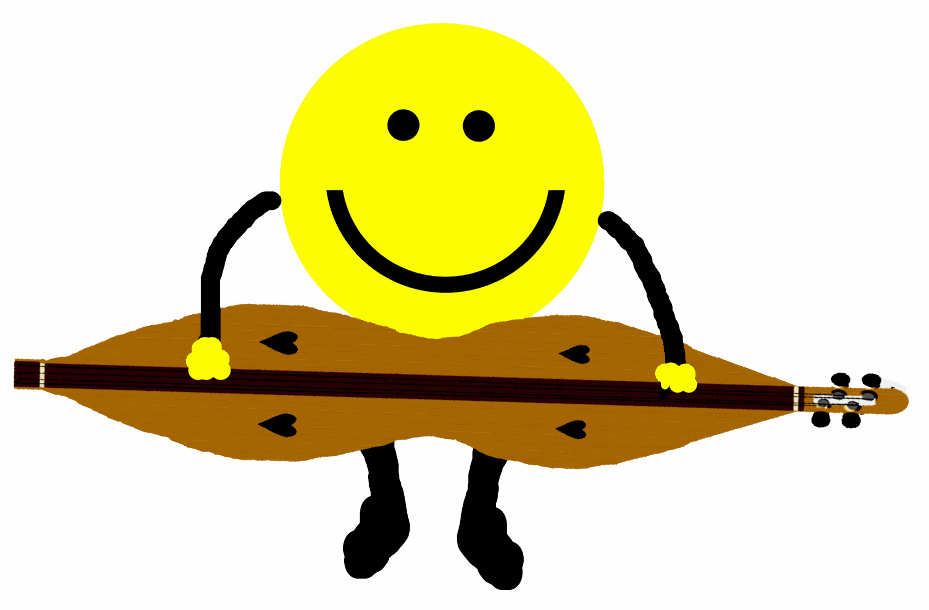Dulcimer Players News demise
General mountain dulcimer or music discussions
Hi Nate. You have some great points!
The way i see it, it's almost impossible to condense such rich and in depth subjects and material into "short vlog style videos showing techniques, styles, tips, history, design, players etc" in a satisfactory or actually valuable way. Even if done, it would present pre-digested info which the particular vlogger felt was relevant or important. In my humble opinion, there is no satisfactory shortcut for the accumulated knowledge gained through actual reading, researching, listening, looking, hands-on, and discussion. The closest thing that approaches what you describe is browsing through youtube videos about the subjects you were interested in. Goodness knows there are thousands of YT vids out there on every dulcimer subject you can imagine, presented by a multitude of players and perspectives both great and not-so-great. It's all out there free for the browsing already. And if one prefers info that is curated or condensed by a particular source, then there is nothing really better than reading some of the books out there or watching/listening to some of your favorite players. Or by talking to people directly.
I see the DPN magazine as a venue for allowing for the examination and 'expanding upon' of all interesting things dulcimer, rather than as a media whose purpose it is to condense concepts and information about dulcimers and music.
I'm aware that young people now prefer to get all their information (even their world news) in ultra short videos such as we see on tiktok. They don't like to read all that much. However, such an instant vlogging medium has very real limitations. In my admittedly 'old' mind, I see it as the difference between handing a young person a baby food jar of creamed spinach and saying "here, this is what spinach is"... and giving that young person some spinach seeds and showing them how to plant, grow, harvest, and cook it in various ways. If a person is actually interested for more than one hour of their life, perhaps they will want to investigate something in a more active way rather than being spoon fed quick information. You've been here for almost 3 1/2 years now yourself, Nate. I've seen how you positively devour information, innovate, and add to your knowledge!
I hear there might be some talented young folk out there who enjoy 'discovering' typewriters, fountain pens and script, reading bound paper books, spinning wool, making sourdough bread, collecting vinyl records, and crafting obscure musical instruments out of old bundt cake pans! 😁 They will lead the way forward when us older ones are gone.













 lolol)
lolol)